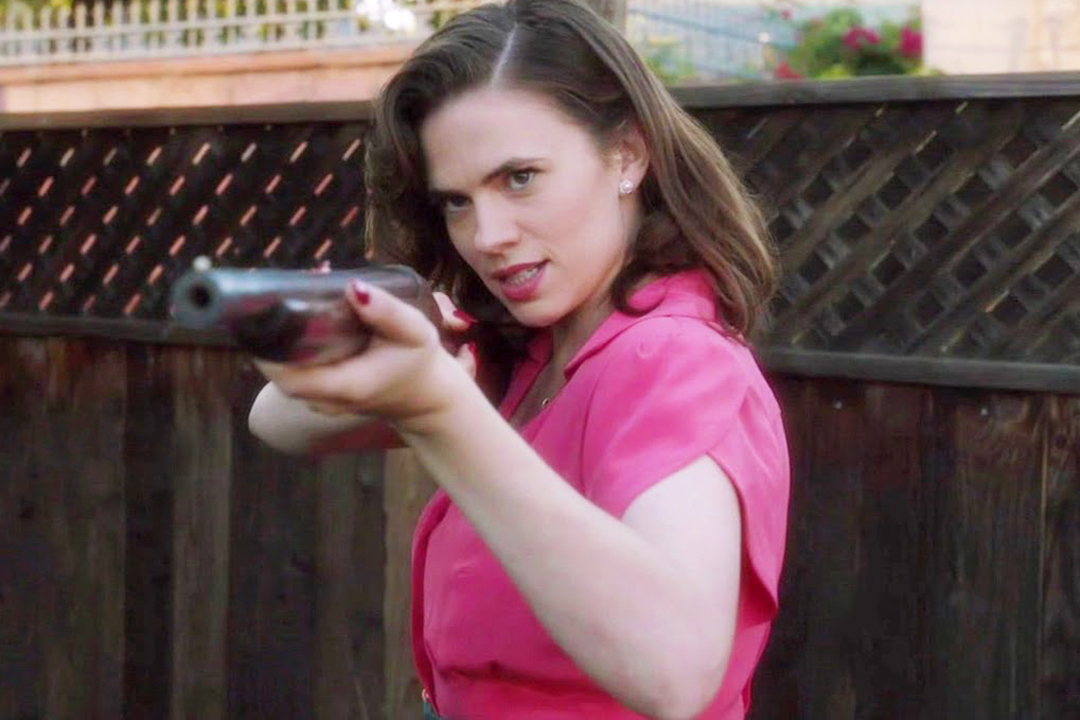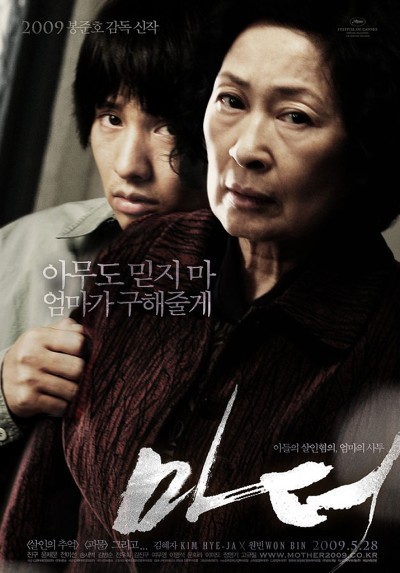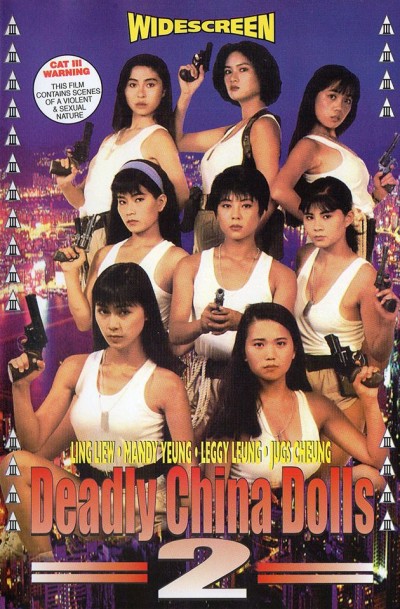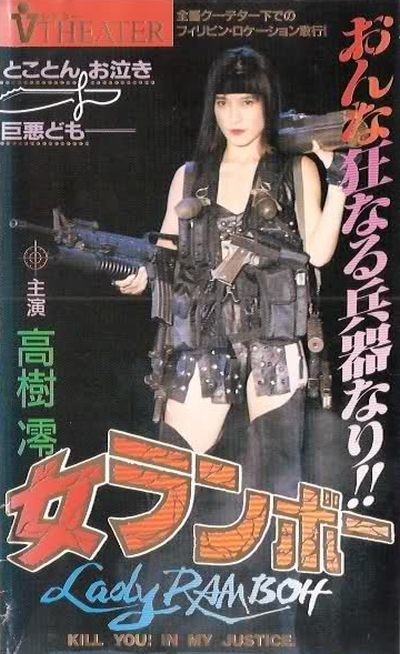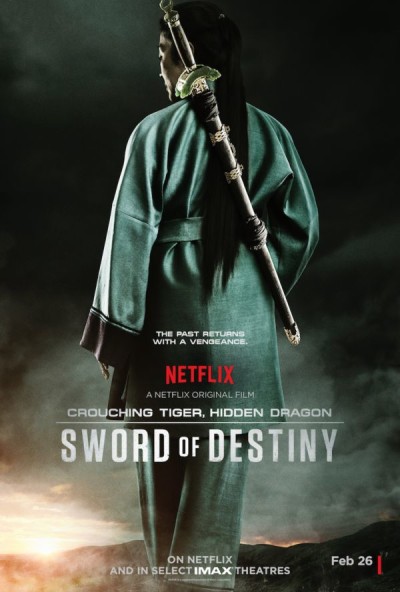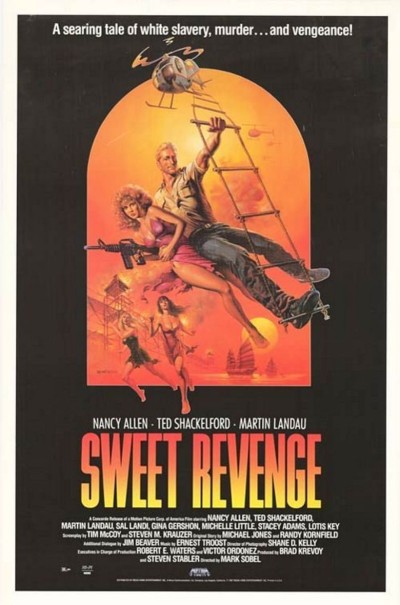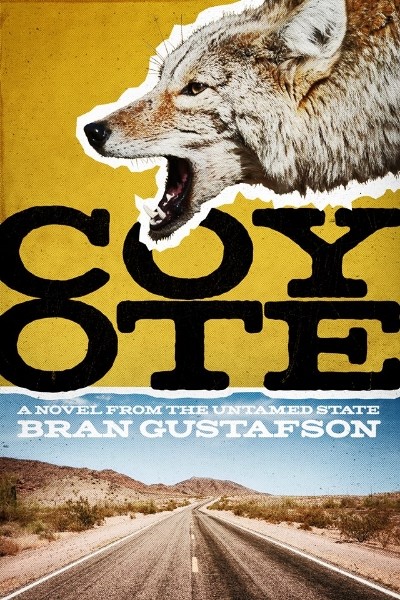 Full disclosure up front: the author and I are in a couple of Goodreads groups together, so I was aware of his debut novel; and I knew he’d offered a free review e-copy to group members. I didn’t request one, since I prefer to read in print format; but on the recommendation of my friend David Wittlinger, I did put my name in for the paperback Goodreads giveaway (which is still ongoing!). When Bran became aware of my preference for paper, he kindly gifted me with a paperback copy, which I really appreciate. His openness to honest feedback is also appreciated; he made it clear from the outset that he’d appreciate even a bad review as long as it was honest and provided him with feedback. It didn’t take me long to read enough to tell that my review wasn’t going to be a bad one!
Full disclosure up front: the author and I are in a couple of Goodreads groups together, so I was aware of his debut novel; and I knew he’d offered a free review e-copy to group members. I didn’t request one, since I prefer to read in print format; but on the recommendation of my friend David Wittlinger, I did put my name in for the paperback Goodreads giveaway (which is still ongoing!). When Bran became aware of my preference for paper, he kindly gifted me with a paperback copy, which I really appreciate. His openness to honest feedback is also appreciated; he made it clear from the outset that he’d appreciate even a bad review as long as it was honest and provided him with feedback. It didn’t take me long to read enough to tell that my review wasn’t going to be a bad one!
Coyote (the relevance of the title becomes clear eventually, but it has a symbolic significance as well, IMO) is set in the fictional Western U.S. state of Montezuma, “the Untamed State.” Montezuma is a state in economic and moral free-fall since the depletion of its oil deposits and the resulting decamping of the industry, and the closing of its one interstate highway due to maintenance and safety issues. Much of it is inhospitable mountain and desert terrain, unable to sustain a large population without outside resources, so population (especially decent, wholesome population) is declining and social pathology is on the rise. Crime and violence flourish, but not much else does. To this not very inviting place comes Mai, our 20-something protagonist, with no resources but a Bronco (the four-wheeled type) and a .38. She was born here; but what motivates her to return isn’t immediately revealed. Her Bronco breaks down in a declining town, where she soon finds that its bleak, shabby exterior masks a festering, rancid mass of lucrative vice and corruption, over which two murderous redneck clans vie for control.
Author Gustafson has elsewhere cited “spaghetti Westerns” as a major literary influence on this novel (an opener for a projected series), and the noir tradition (more so in its extremely grungy modern state, rather than the more restrained classic models) is clearly another serious one. But the kind of central role Clint Eastwood so often played in Westerns of this stripe is Mai’s here, and the switch to the distaff side creates a subtly different dynamic of its own. One reviewer has said he’s not sure if Mai is a good or a bad person, nor sure if even she knows. Personally, I’m not that doubtful. Some significant choices Mai makes and significant things she does clearly show me that she is basically a good person at her core, who listens to her conscience. And while I’ve used the word “noir,” the author’s own vision clearly isn’t morally anarchic; in its own way, we could even call this a morality tale.
That said, readers have to be prepared for a journey through a world of moral and physical grunge that can almost be nauseating in places. Mai herself is no plaster saint. Raised without roots by a now-dead, peripatetic con man father (the Bronco was basically their home), she had virtually no positive rearing, by example or precept. Hard-living and sometimes hard-drinking, in desperate circumstances, she’s not above stealing what she needs; her speaking style can be profane or obscene, and she’s too emotionally-constipated and wary of others to form a relationship with any other person, but not averse to one-night sexual stands –more, I think, as a lonely way of reaching out for even illusory human connection than as a deliberate attempt to exploit others. (At this point in his life, that seems to me to describe bar owner/tender Slim’s sexual psychology, too.) She’s also got a savage temper that can be dangerous, though not to the inoffensive.
Slim has some qualities, good and bad, similar to hers; and flawed as they are, this pair actually represents, in the town of Maquina, the closest thing it has to forces of goodness and light. At the other end of the spectrum, we have the forces of real darkness and evil, embodied in the worst sadistic dregs of the Skaggs and Carter clans. In between these poles, we have a continuum of characters varying in their shades of gray, who may provide textbook examples of the unwillingness of most people to actively oppose evil if it involves any risk or inconvenience, and of the remarkable ability of humans to convince ourselves that our behavior is justified (even when we know it’s totally wrong).
On the plus side, all of these characters are drawn with wonderful precision and distinctness. The pace of the story is fast and non-stop, and it’s deliberately designed to be a quick read, with short chapters (some only a page long) that entice you into turning pages. (And you won’t need much enticement; the need to know what’s going to happen next here is compulsive!) Mai’s self contained and stand-offish, hard to get to know, much less like (though that doesn’t mean you won’t, by the time you close the book!), but she’s easy to side with and care about, and she’s a more dynamic character inside than she initially seems to be. In a novel where action is an important component, the author handles action scenes well. (Some are a bit graphic; there are a couple of mental images that aren’t best read by the squeamish.) As an action heroine, Mai’s got guts and resolve (she may not be the biggest dog in the fight, but she’s got more fight in her than some), but she’s not a trained pro with her gun, and she can make mistakes with it (one of them a lulu). In her situation, that makes her believable, where a super firearms expert wouldn’t be. And the ending is so perfect it raised the rating at least a quarter star. (There’s no cliffhanger as such, either.)
A final thought: obviously, in creating this setting, which is practically post-apocalyptic though not actually so, the author is trying to establish a modern American milieu where he can let his characters operate in an essentially lawless environment. Beyond that, though, I think there is some real social commentary here –an implication that it might not take much in the way of economic and moral collapse for the whole U.S. to go the way of Montezuma; and there are real life tendencies pushing in that direction. (And if that happens, decent people won’t have 49 other states to move to; they’ll have to keep a moral compass, and make their stand where they are.)
Note: Readers should be strongly warned that there’s a LOT of bad language here (f-words, profanity, vulgarism, etc., which characterizes the speech of most characters, some to the point where it’s clear they can’t communicate any other way. (Mai and Slim aren’t really any more profane than the average person with their background would be.) And although there’s really no explicit sex as such, there are very definite sexual situations and implied sex (the town brothel is a key part of the setting), and the exploitative sexual attitudes and raunchy, sexually-oriented talk from some characters is very pervasive. These factors were what cost the book a fifth star; just because they impacted my enjoyment that negatively. But it’s important to note that Bran is not trying to promote bad language or raunchy sex, and that these aren’t what the book is about; rather, it’s about morality and healthy relationships in the midst of a bad and raunchy world. And readers less bothered by these points might easily rate the book as even a five-star read.
Author: Bran Gustafson
Publisher: Self-published, available through Amazon, both for Kindle and as a printed book.
A version of this review previously appeared on Goodreads.
 Set in the early 1950’s, this was a brief – seven episodes over two seasons – but very effective TV series, with heroines who used brains, rather than brawn, to solve crimes which the authorities are either unable or unwilling to address. The origins of the group were during World War II, when their analytical skills were put to vital use, cracking German communications, out of the then-secret Bletchley Park base. But after the war, the women returned to normal lives; Susan Gray (Martin) is now married, a mother of two, and uses her talents for nothing more taxing than crosswords. But she is intrigued by a series of serial murders, and detects an apparent pattern in them. When her attempts to through official channels are met with little more than a pat on the head and a suggestion to return to the kitchen, she contacts her colleagues from Bletchley, who begin gathering and analyzing information on their own. This makes use of the skills each has: for instance, Jean (Graham) works as a librarian, while Lucy (Rundle) has a photographic memory, and asks as the group’s computer database.
Set in the early 1950’s, this was a brief – seven episodes over two seasons – but very effective TV series, with heroines who used brains, rather than brawn, to solve crimes which the authorities are either unable or unwilling to address. The origins of the group were during World War II, when their analytical skills were put to vital use, cracking German communications, out of the then-secret Bletchley Park base. But after the war, the women returned to normal lives; Susan Gray (Martin) is now married, a mother of two, and uses her talents for nothing more taxing than crosswords. But she is intrigued by a series of serial murders, and detects an apparent pattern in them. When her attempts to through official channels are met with little more than a pat on the head and a suggestion to return to the kitchen, she contacts her colleagues from Bletchley, who begin gathering and analyzing information on their own. This makes use of the skills each has: for instance, Jean (Graham) works as a librarian, while Lucy (Rundle) has a photographic memory, and asks as the group’s computer database.




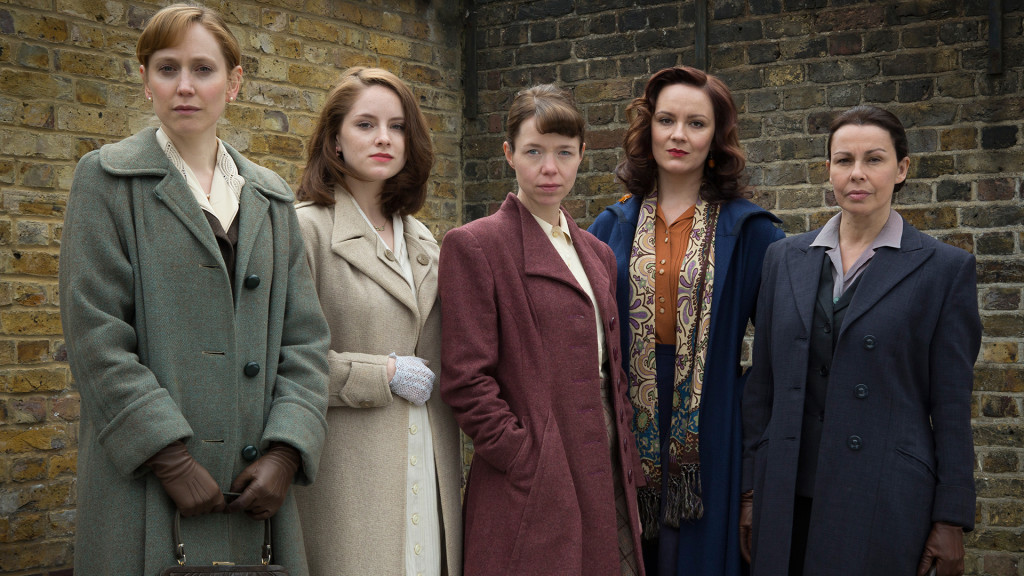
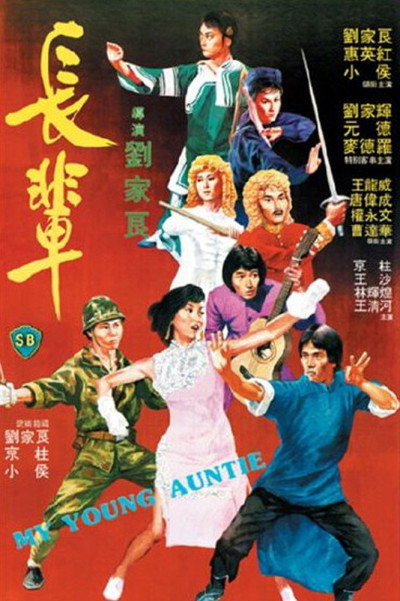
 Full disclosure up front: the author and I are in a couple of Goodreads groups together, so I was aware of his debut novel; and I knew he’d offered a free review e-copy to group members. I didn’t request one, since I prefer to read in print format; but on the recommendation of my friend David Wittlinger, I did put my name in for the paperback Goodreads giveaway (which is still ongoing!). When Bran became aware of my preference for paper, he kindly gifted me with a paperback copy, which I really appreciate. His openness to honest feedback is also appreciated; he made it clear from the outset that he’d appreciate even a bad review as long as it was honest and provided him with feedback. It didn’t take me long to read enough to tell that my review wasn’t going to be a bad one!
Full disclosure up front: the author and I are in a couple of Goodreads groups together, so I was aware of his debut novel; and I knew he’d offered a free review e-copy to group members. I didn’t request one, since I prefer to read in print format; but on the recommendation of my friend David Wittlinger, I did put my name in for the paperback Goodreads giveaway (which is still ongoing!). When Bran became aware of my preference for paper, he kindly gifted me with a paperback copy, which I really appreciate. His openness to honest feedback is also appreciated; he made it clear from the outset that he’d appreciate even a bad review as long as it was honest and provided him with feedback. It didn’t take me long to read enough to tell that my review wasn’t going to be a bad one!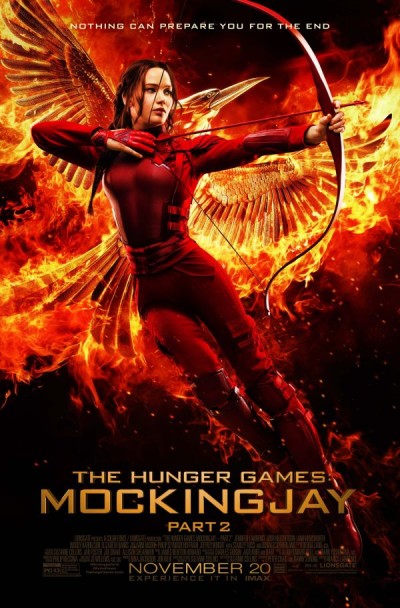 Unlike the adventures of our schoolboy wizard, where the final installment took the most at box-office, this was the least successful of the Hunger Games movies. And I can see why: almost without exception, it’s a relentless downer, rather than a grandstanding finale. I have not, to this point, read the book on which it is based, so can’t say how accurately this cynical tone reflects the novel, but based on the movie, let’s just say, politicians as a species do not come out of it with a glowing portrayal! It begins immediately after the end of the events of Part 1, when Katniss (Lawrence) was attacked by brainwashed ally Peeta (Hutcherson). Meanwhile, the rebellion gains momentum and territory, as they head towards the Capitol. Katniss’s role is now as a ‘Joan of Arc’, a rally point, and she is sent into the Capitol as part of a propaganda squad. However, she subverts the mission, claiming secret orders to assassinate President Snow, although it becomes clear that the lines between “good” rebels and “evil” establishment are increasingly vague.
Unlike the adventures of our schoolboy wizard, where the final installment took the most at box-office, this was the least successful of the Hunger Games movies. And I can see why: almost without exception, it’s a relentless downer, rather than a grandstanding finale. I have not, to this point, read the book on which it is based, so can’t say how accurately this cynical tone reflects the novel, but based on the movie, let’s just say, politicians as a species do not come out of it with a glowing portrayal! It begins immediately after the end of the events of Part 1, when Katniss (Lawrence) was attacked by brainwashed ally Peeta (Hutcherson). Meanwhile, the rebellion gains momentum and territory, as they head towards the Capitol. Katniss’s role is now as a ‘Joan of Arc’, a rally point, and she is sent into the Capitol as part of a propaganda squad. However, she subverts the mission, claiming secret orders to assassinate President Snow, although it becomes clear that the lines between “good” rebels and “evil” establishment are increasingly vague.